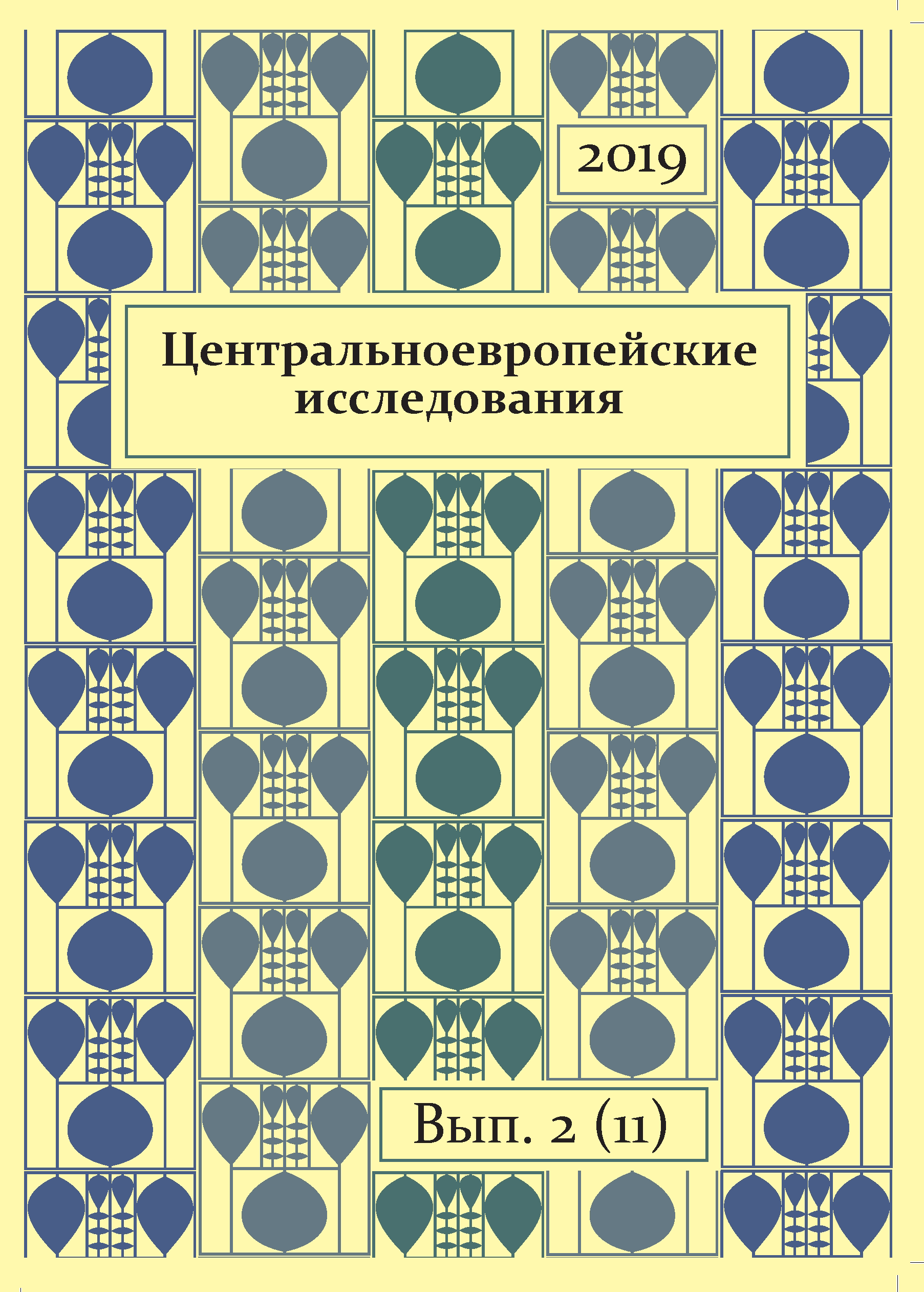Polyglossia in Modern Hungarian Literature
Diversity of Authors’ Strategies
DOI:
https://doi.org/10.31168/2619-0877.2019.2.13Keywords:
Hungarian literature, polycentrism, transculturalism, multiculturalism, multilingualism, bilingualismAbstract
The article illustrates the major trends and strategies in employing multilingualism in Hungarian literature, especially that written by authors born and raised in the countries that surround Hungary in areas populated by polylingual groups including Hungarian-language minorities, as well as in texts describing ‘internal’ multilingualism within Hungary. The author explores the tendency of using multilingualism in the late twentieth and early twenty-first centuries as a method and medium of expression, and provides examples of how authors shift from merely stating the facts of polylingual speech and avoiding foreign language inclusions to keep up with mainstream Hungarian literature, to including foreign words, phrases and whole fragments from other languages into their Hungarian texts, while reflecting on the multi/transcultural environment that Hungarian minorities have inhabited over the last hundred years. The article reviews prose by Hungarian authors, who were either born in Hungary or in neighbouring countries (and who later moved to Hungary). The article features excerpts from works previously not translated into Russian, thus allowing the reader to get a closer look at the versatile and polycentric Hungarian literature created in the environment of the national literature of Central and Eastern Europe.



